Editor’s Take note: This go over of this week’s version of Automotive News (autonews.com) functions a tale about GM’s revolutionary development of the EV “skateboard” and how it established the desk for an entirely new route in the advancement of the automobile. A variation of the GM “skateboard” is now employed by each individual company of EVs in the world, and it stays a testomony to GM’s Legitimate Believers in Engineering and Layout. In truth, GM has a extensive historical past of innovation and revolutionary engineering breakthroughs going back again to the 1930s. Just one particular instance? The Firebird I, II and III ideas from the ’50s had been so sophisticated that several of the functions developed for people equipment are continue to located in autos developed these days. The 1958 Firebird III, for occasion, was powered by a 225HP gasoline turbine engine with a 2-cylinder 10HP gasoline motor to run the onboard add-ons. It experienced cruise manage, anti-lock brakes, air drag brakes, remote opening doorways, an automatic direction system, and it was steered by a joystick in the console. There have been other considerable engineering courses originating at GM all over the a long time. In actuality, what GM is undertaking these days in terms of engineering its new EVs is every bit as breakthrough and ground breaking as any time in its lengthy historical past. This week, Peter focuses on a single of GM’s most major – and storied – engineering progress courses: The 1960 CERV I (Chevrolet Experimental Analysis Motor vehicle) and the 1963 CERV II. Both devices had been created below the course of iconic Corvette chief engineer Zora Arkus-Duntov as a platform to create and refine Chevrolet overall body, chassis and suspension systems. At minimum that was the “formal” edition. They have been truly made, having said that, as all-out racing machines. As many of you presently know, Peter’s postings on Twitter (@PeterMDeLorenzo) deliver a colourful seem at the field and racing in particular. Peter is a business believer in historic perspective when it will come to motorsports, and the essential tales that require to be advised. And we assume you can agree that the CERV I and CERV II are unquestionably worth noting and appreciating. We hope you love reading about them. -WG
By Peter M. DeLorenzo
Detroit. As many of our visitors know, I have a presence on Twitter (@PeterMDeLorenzo). Most – but not all – of my postings on that site involve motorsports, including evocative visuals from the “glory days” of racing in the 60s and 70s. This 7 days, I needed to commit some time to the Chevrolet Engineering Research Cars, the CERV I and CERV II – and the Legitimate Believers liable for them.
The CERV application originated with Corvette icon Zora Arkus-Duntov, who envisioned it as a system for engineers to use in purchase to establish Chevrolet – specifically Corvette – overall body, chassis and suspension systems. The CERV I was formulated concerning 1959 and 1960 as a useful mid-engine, open up-wheel, single-seat prototype racing car. The bodywork was made by industry legends Larry Shinoda and Tony Lapine.
The CERV I was initially outfitted with a gas-injected 283 cu. in. 350HP tiny block V8 that weighed only 350 lbs. Intensive use of aluminum and magnesium engine factors saved far more than 175 lbs. from previous Chevrolet V8s. The body construction was produced out of fiberglass and weighed only 80 lbs. The entire body structure was connected to a rigid 125 lb. chrome-molybdenum tube created frame, welded in a truss-like configuration. Combining these light-weight elements contributed to the CERV I’s pounds of 1,600 lbs. The 96-inch wheelbase chassis options a 4-wheel unbiased suspension, makes use of impartial, variable rate springs with shock absorbers and stabilizer bar in the front, and multilink, variable level springs, with double-performing shock absorbers in the rear. The wheels are forged magnesium alloy. Steering is recirculating ball sort with 12:1 ratio.
The brake system on the CERV I makes use of entrance disc/rear drum, with a two piston grasp cylinder to remove the possibility of comprehensive brake failure. Gas is sent by way of two rubber bladder gasoline cells (20 gal. full capacity). At just one position Duntov refitted the CERV I with a 377 cu. in. aluminum small block, an sophisticated Rochester fuel injection system and Indy-design tires and wheels. (That 377 cu. in. modest block V8 grew to become the mainstay in the Corvette Grand Sport racing method.) To match this mechanical updating, Shinoda redesigned its streamlined human body structure for larger aerodynamics. Leading pace for the CERV I was 206 mph, reached on GM’s round 4.5-mile examination track at its Milford, Michigan, Proving Grounds.
Enthusiastic by its impressive general performance potential, Duntov experienced his eye on even bigger issues for the CERV 1 – which include racing in the Indianapolis 500 – but due to the AMA (Vehicle Manufacturer’s Affiliation) ban on producer-sponsored racing at the time – which GM painfully adhered to – the closest Duntov could get to a main showcase for the vehicle was when he drove the device in a collection of demo laps at the U.S. Grand Prix in 1960.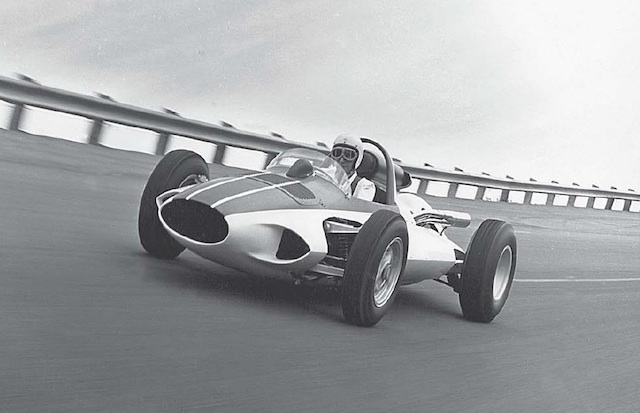 (GM)
(GM)
Zora Arkus-Duntov in the CERV 1 at the GM Technical Center exam monitor, 1960.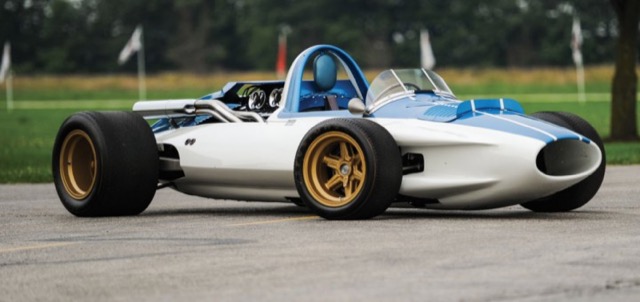 (RM-Auctions)
(RM-Auctions)
The CERV 1.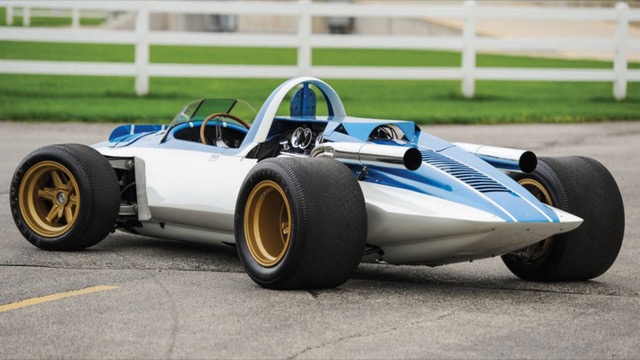 (RM-Auctions)
(RM-Auctions)
The CERV I appeared in the intercontinental racing colors – white with blue – assigned to the United States.
The subsequent-generation Chevrolet Engineering Investigation Auto – the CERV II – was conceived early in 1962, produced around the future yr and crafted less than Duntov’s way in between 1963 and 1964. By the time it was concluded, Duntov envisioned the CERV II as a probable reply to the Ford GT40 racing program. At this place it was also in Duntov’s mind to develop a individual line of racing Corvettes to market, an idea that was later rejected, of study course, by GM management. Duntov required the CERV II to showcase future technologies as utilized to a racing machine.
Chevrolet Basic Manager “Bunkie” Knudsen wished to get again into racing so the CERV II was planned for the global prototype course with a 4-liter edition of the Chevrolet little block V8. Knudsen has been presented strict orders to remain out of racing by higher management at GM, but obviously that did not dissuade Duntov and his group. Construction was started out on the CERV II virtually at the same time that the “no racing” GM administration edict came down.
As with CERV I, the overall body was created by the group of Shinoda and Lapine. The chassis of the CERV II consisted of a glued-with each other steel and aluminum monocoque with a steel sub body to have the suspension and engine. It was driven by a Hilborn gas-injected, overhead cam, 377 cu. in. aluminum tiny block V8 with a 10.8 compression ratio and 500HP. By 1970, the CERV II ran a 427 cu. in. ZL-1 V8 with 550HP. Titanium was utilized for the hubs, connecting rods, valves, and exhaust manifolds aiding to bring the total weight of the equipment down below 1400 lbs.
The CERV’s II engineering of the generate method and torque converter arrangement was handed above to GM’s engineering team and it turned out to be its most intriguing enhancement. The result? An innovative all-wheel travel program making use of two torque converters. This marked the initially time that any individual experienced designed a variable electricity delivery to every end of the automobile, which various in accordance to car or truck speed. The quite broad wheels carried experimental very low profile Firestone tires mounted on particularly constructed Kelsey-Hayes magnesium wheels. The ventilated disc brakes have been mounted outboard, with the Girling calipers widened to accept the vented rotors.
The CERV II was extremely rapid: -60 in 2.5 seconds with a leading velocity of 190+ mph. For the duration of its considerable development Jim Corridor and Roger Penske had been amongst the top motorists who wheeled the CERV II.
The strategy to use the CERV II as The Solution to the Ford GT40 system finished up currently being killed by GM administration, as was their wont. The CERV II was made use of as a study software for a mid-sixties tremendous Corvette plan that was also cancelled by administration. Hardly ever raced, the CERV II ended as a show and museum piece, a tribute to the True Believers at GM Layout and Engineering.
Editor-in-Chief’s Note: Thank you to the GM Heritage Heart for the facts on the CERV I and CERV II. -PMD
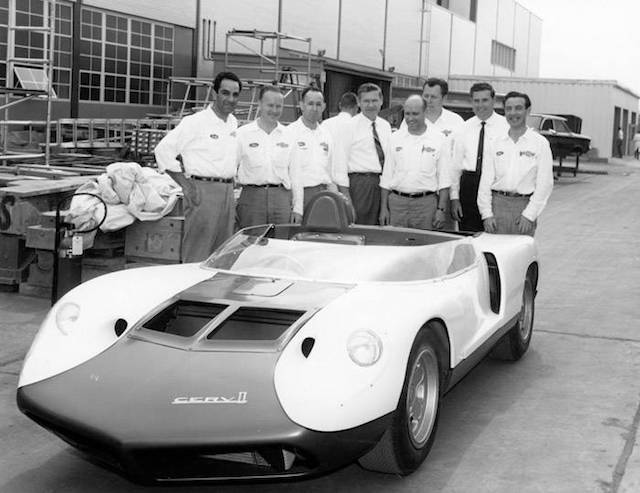 (GM)
(GM)
The Real Believers at GM Engineering stand proudly by the impressive CERV II at its roll out at the GM Complex Middle in Warren, Michigan. (GM)
(GM)
Zora Arkus-Duntov in the CERV II, late 1963.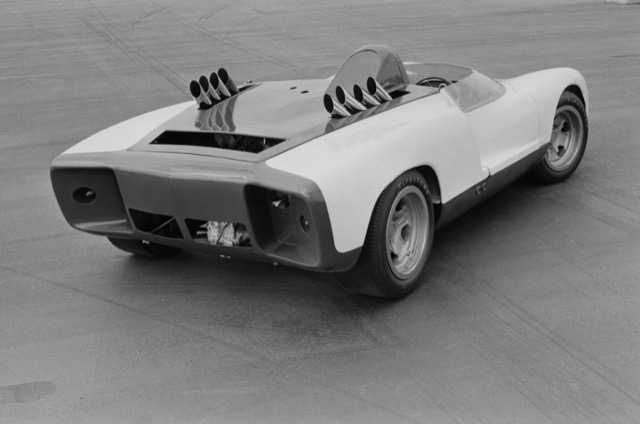 (GM)
(GM)
The CERV II photographed at the renowned “Black Lake” at the GM Proving Grounds in Milford, Michigan. (GM)
(GM)
An inside of glimpse at the CERV II.
Editor-in-Chief’s Be aware: As element of our continuing series celebrating the “Glory Days” of racing, this week’s images arrive from GM. – PMD
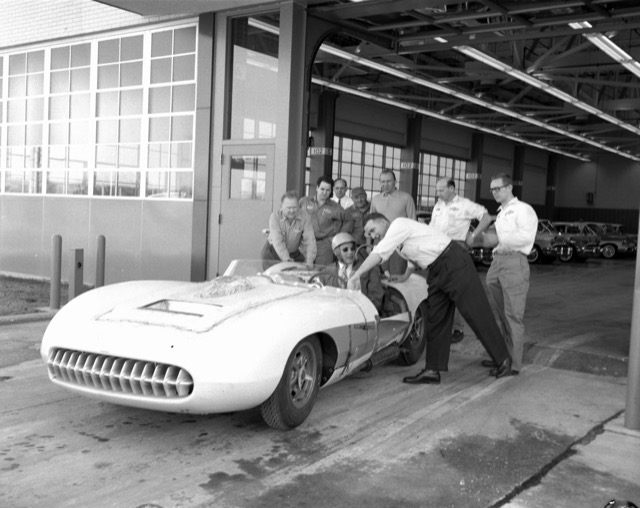 (GM)
(GM)
GM Technological Centre, Warren, Michigan, 1957. Zora Arkus-Duntov staying wheeled out for the maiden check operate of the Corvette SS racing motor vehicle. GM had a brief exam observe on the Tech Middle grounds that observed substantial use.
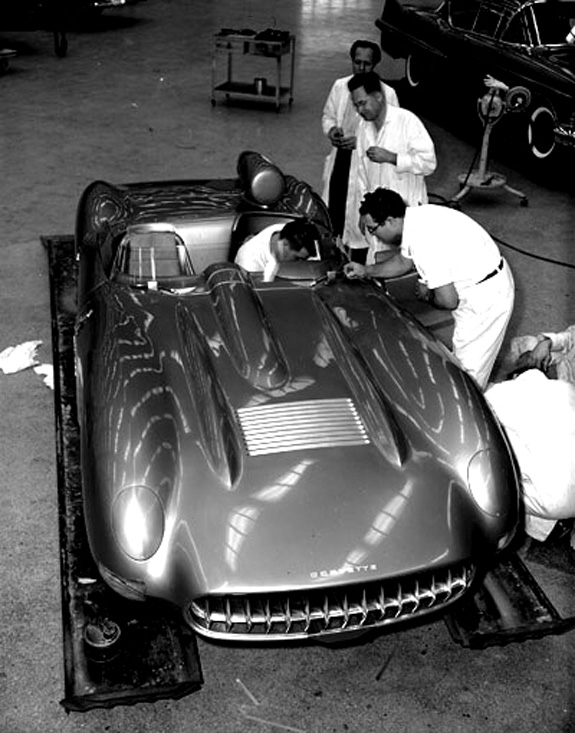
(GM)
GM Technological Centre, Warren, Michigan, 1957. The Corvette SS racer remaining completed before remaining shipped down to Sebring, Florida, for its racing debut in the 12-Hour race.
Editor’s Note: You can access former issues of AE by clicking on “Following 1 Entries” down below. – WG



More Stories
Car Stereo System and Its Installation
Black and Silver Nokia 6303 – Two Classic Models From the Nokia Camp
Motorcycle Clubs 101 – How to Create Motorcycle Club Bylaws Part I